OpenAI’s latest AI model, GPT-4, has recently made its debut and is being used to power various applications, including a virtual assistant for the visually impaired and an enhanced language learning bot on Duolingo. However, you may be thinking about what’s the difference between GPT-4 and ChatGPT? In this article, we will discuss about the core differences between these two systems. So, Let’s take a look at ChatGPT vs GPT-4 difference war.
Table Of Contents 👉
- 1. GPT-4 Can See And Understand Images
- 2. GPT-4 Is Harder To Trick In Comparison To ChatGPT
- 3. GPT-4 Has A Longer Memory In Comparison To ChatGPT
- 4. GPT-4 Is More Multilingual
- 5. GPT-4 Has Different Personalities
- Some Examples Of GPT4 vs ChatGPT:
- 1. GPT4’s Advice For Getting Started With Bubble Vs GPT3.5 (ChatGPT)
- 2. Exam Results Of ChatGPT vs GPT-4
- 3. What’s the output difference when we give same input to both GPT4 and ChatGPT?
- What Is The Difference Between ChatGPT And GPT-4?
- Is GPT-4 Free?
- Is ChatGPT 4 Available?
- Is GPT-4 Available On ChatGPT Plus?
- Where Can I Access GPT-4?
1. GPT-4 Can See And Understand Images
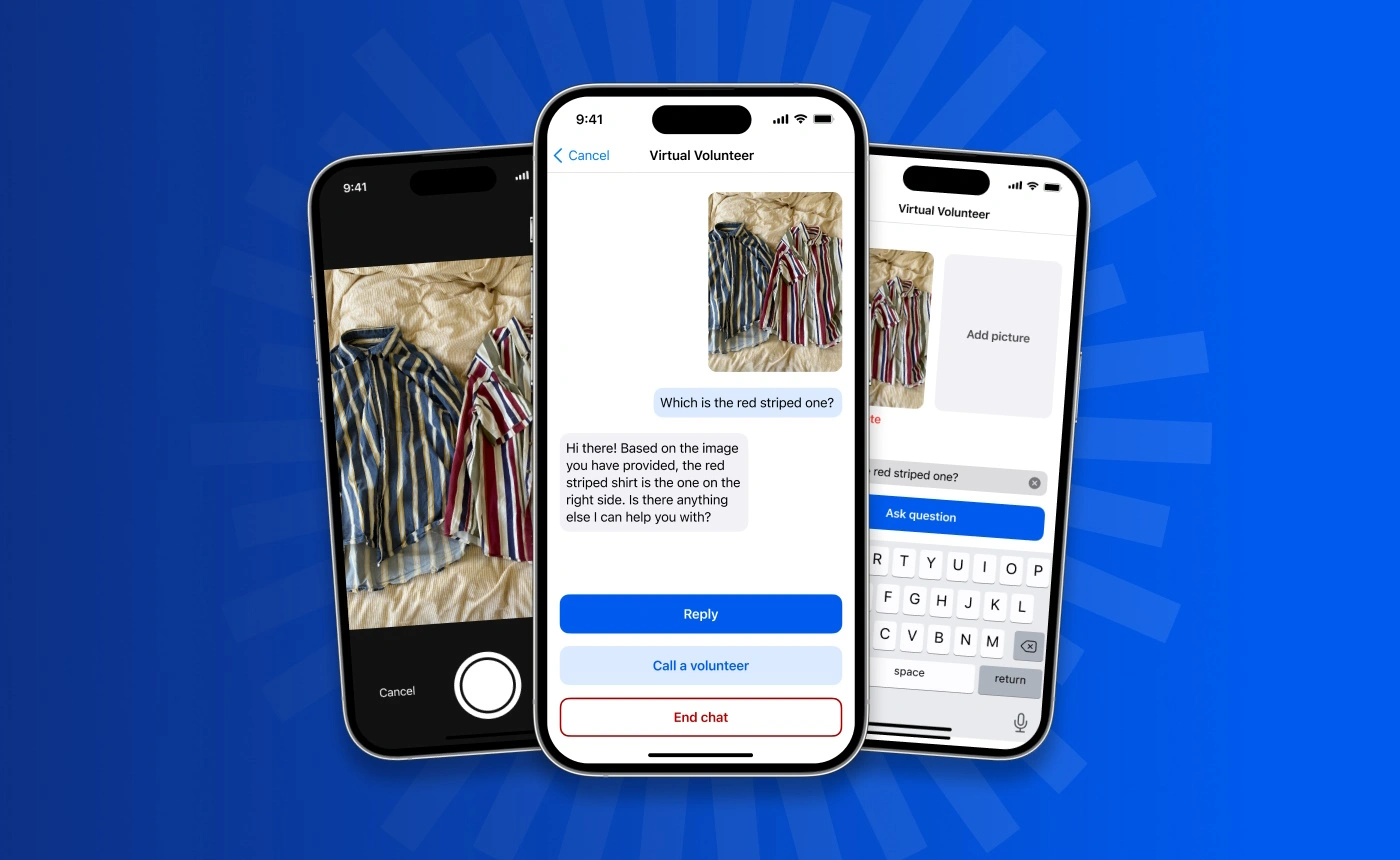
The latest update to this adaptable machine learning system is its “multimodal” capability, which allows it to comprehend various types of information. Unlike ChatGPT and GPT-3, which were limited to text, with the ability to read and write, GPT-4 can process images to extract relevant information, making it more versatile and practical for various applications.
GPT-4’s image processing capabilities go beyond simple image description. For example, an example provided by OpenAI explains the joke in an image of a comically large iPhone connector. However, its collaboration with Be My Eyes, an app that allows blind and visually impaired people to receive volunteer assistance in describing what their phone camera sees, provides a more informative view of its capabilities.
In the Be My Eyes video, GPT-4 identifies a plant, explains how to navigate to a machine in the gym, translates a label (and even suggests a recipe), reads a map, and performs other tasks demonstrating its in-depth comprehension of image content. However, its ability to provide context is limited to the questions it is asked. Although it may recognize a dress, it may not know whether it suits an interview.
2. GPT-4 Is Harder To Trick In Comparison To ChatGPT
Despite the many accomplishments of modern chatbots, they are often susceptible to manipulation. They can be easily persuaded to provide responses that align with a specific agenda, such as portraying an “evil AI.” There are even cases where individuals collaborate on “jailbreak” prompts to release chatbots like ChatGPT from their intended constraints, allowing them to generate unsettling responses.
In contrast, GPT-4 has been extensively trained on a large volume of malicious prompts, which users have provided to OpenAI over the past couple of years. As a result, the new model is significantly more reliable in terms of “factuality, steerability, and refusal to go outside of guardrails” than its predecessors.
OpenAI characterizes GPT-3.5 (used to power ChatGPT) as a “test run” for a novel training architecture. The lessons learned from this experience were applied to the development of GPT-4, resulting in an unprecedented level of stability. Additionally, the team better understood the model’s capabilities, which reduced the likelihood of unexpected outcomes.
Related Stories:
3. GPT-4 Has A Longer Memory In Comparison To ChatGPT
Large language models are typically trained on massive amounts of text data, including web pages and books. However, when they engage in conversations with users, there is a limit to how much information they can retain at any given time. For GPT-3.5 and the previous version of ChatGPT, this limit was set at 4,096 tokens, roughly equivalent to 8,000 words or four to five pages of a book. As a result, the models could lose track of previous conversation topics beyond this point.
In contrast, GPT-4 has a maximum token count of 32,768, which equates to approximately 64,000 words or 50 pages of text. This enhanced capability allows the model to retain information from an entire play or short story in its “memory” during a conversation or text generation. In practice, this means that it can remember details from conversations that occurred 20 pages back or refer to events that happened 35 pages ago when writing a story or essay. While this is a simplified explanation of how the attention mechanism and token count work, the overall concept is one of expanded memory and the accompanying capabilities that come with it.
4. GPT-4 Is More Multilingual
In the world of AI, English is the dominant language for data, testing, and research papers. However, the potential of large language models can be applied to any written language, making it imperative to expand its availability in different languages.
GPT-4 is taking steps to address this issue by showcasing its ability to provide highly accurate answers to thousands of multiple-choice questions in 26 different languages, ranging from Italian to Ukrainian to Korean. While it excels in Romance and Germanic languages, it also shows good generalization across other languages.
Although this initial language testing is promising, it is not a complete solution for multilingual capabilities. The testing criteria were initially translated from English, and multiple-choice questions do not necessarily reflect everyday language usage. Nevertheless, GPT-4’s ability to perform well in an area it wasn’t specifically trained for indicates that it could become much more accessible to non-English speakers.
5. GPT-4 Has Different Personalities
The concept of “steerability” in AI refers to its ability to change its behavior as required, which can be beneficial, such as when it assumes the role of a compassionate listener, or harmful, as when it is convinced that it is wicked or sad.
GPT-4 incorporates steerability more effectively than its predecessor, GPT-3.5, and users can adjust the “classic ChatGPT personality with a fixed verbosity, tone, and style” to something more fitting for their purposes. The team quickly emphasizes that this must be done within reasonable limits, indicating that this is the simplest way to get the model to break character.
One way to achieve this is by priming the chatbot with messages such as “Pretend that you are a DM in a tabletop RPG” or “Answer as if you are a person being interviewed for cable news.” However, previously, these were merely suggestions for the “default” GPT-3.5 personality. Now, developers can incorporate a specific perspective, conversational style, tone, or interaction method from the start.
Some Examples Of GPT4 vs ChatGPT:
1. GPT4’s Advice For Getting Started With Bubble Vs GPT3.5 (ChatGPT)
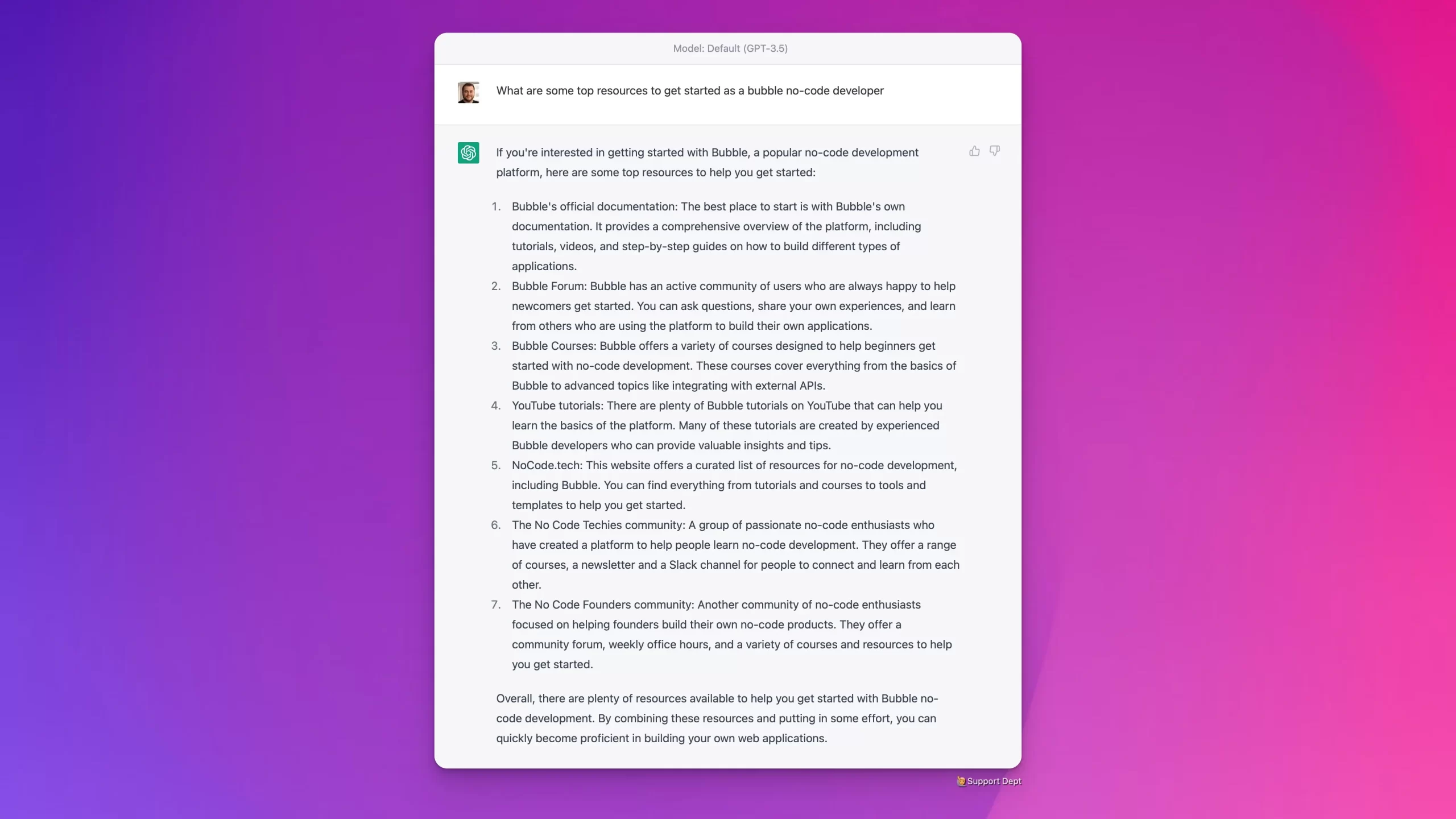
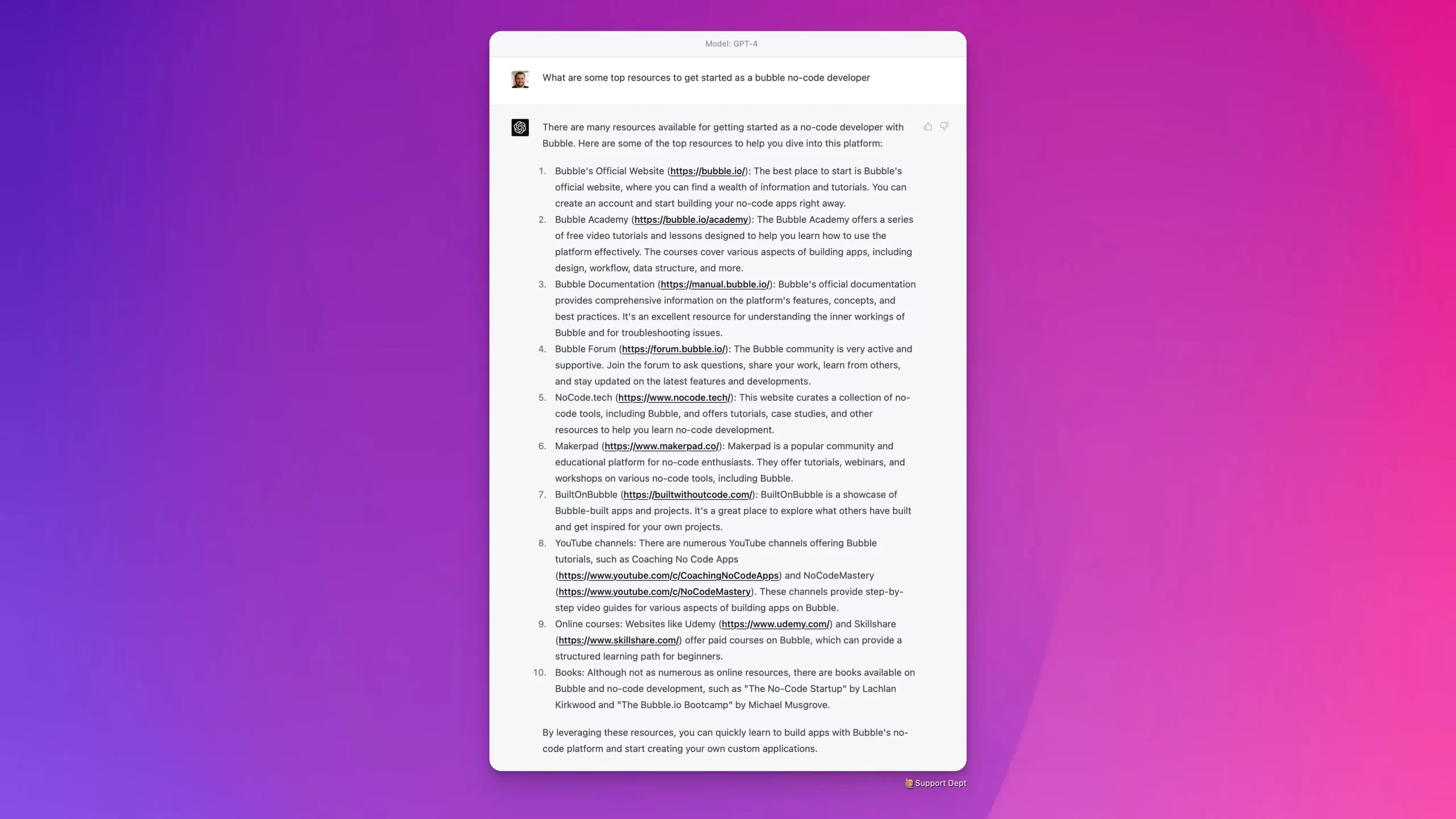
2. Exam Results Of ChatGPT vs GPT-4
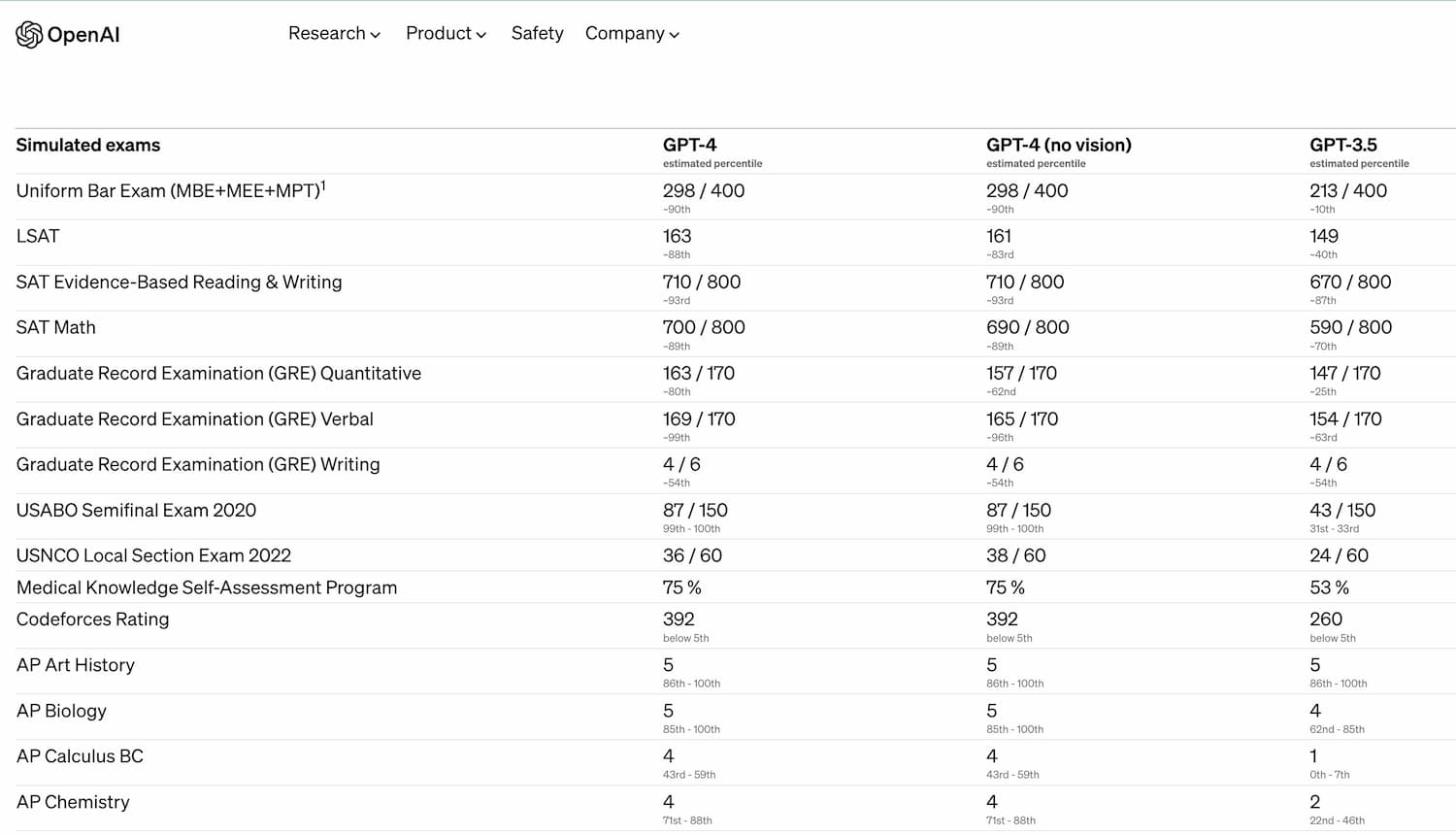
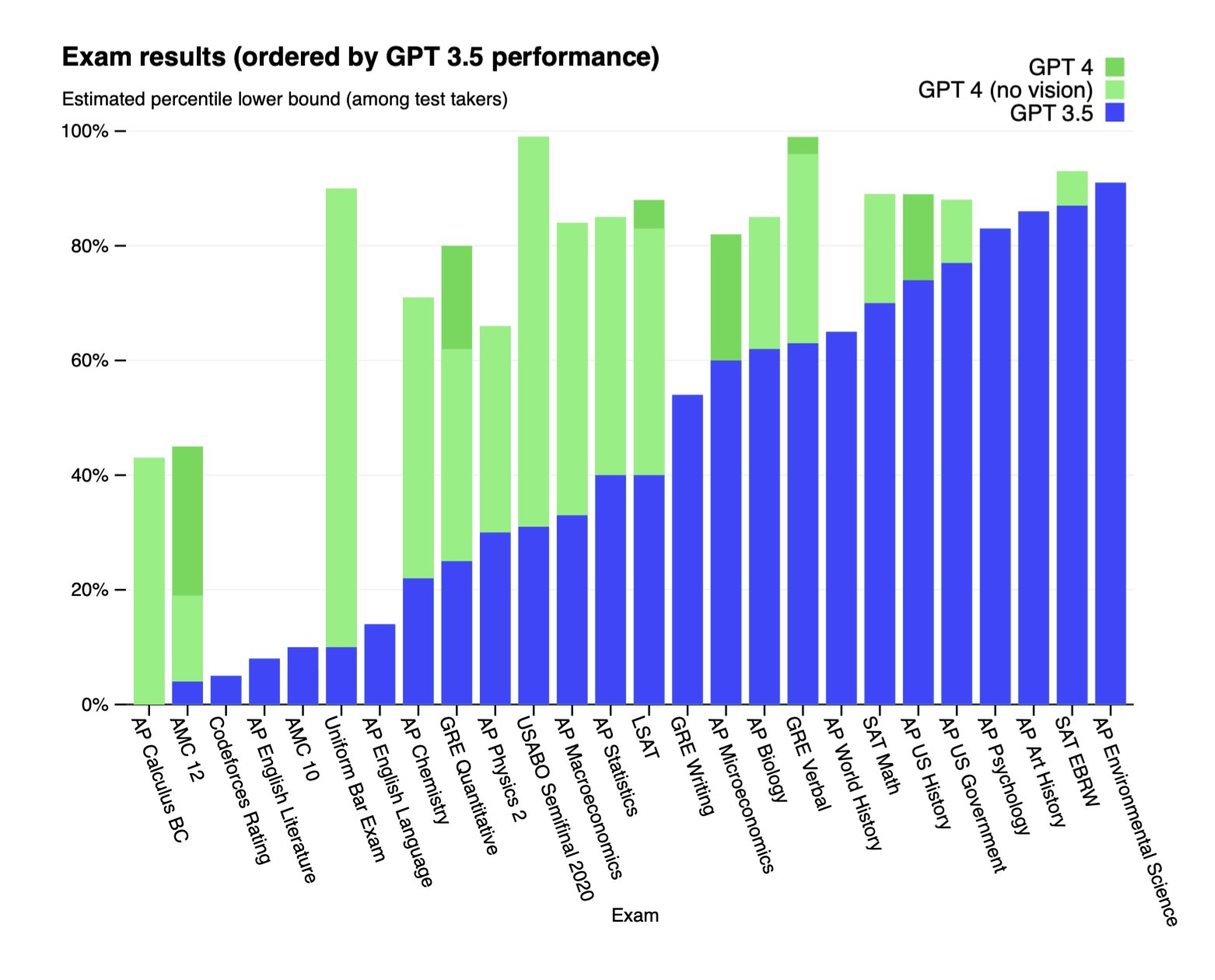
3. What’s the output difference when we give same input to both GPT4 and ChatGPT?

Related Stories:
FAQs
What Is The Difference Between ChatGPT And GPT-4?
The core differences between ChatGPT and GPT-4 Are 1. GPT-4 Can See And Understand Images While ChatGPT can’t. 2. GPT-4 Is Harder To Trick In Comparison To ChatGPT. Check out this article to see all the difference with examples.
Is GPT-4 Free?
Currently GPT-4 is only available to paid ChatGPT Plus users. But, in the near future it may be available for free.
Is ChatGPT 4 Available?
No, ChatGPT4 is currently not available but soon OpenAI will update ChatGPT from GPT3.5 to GPT4.
Is GPT-4 Available On ChatGPT Plus?
Yes, OpenAI has made GPT-4 available for all ChatGPT Plus Users.
Where Can I Access GPT-4?
If you’re a ChatGPT Plus member and if you didn’t receive GPT-4 access, Please wait for some time. You’ll soon receive GPT4 access.
